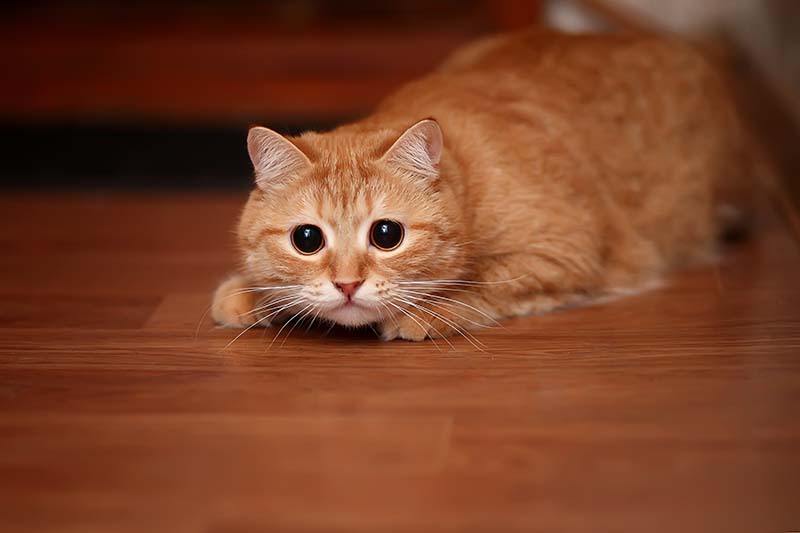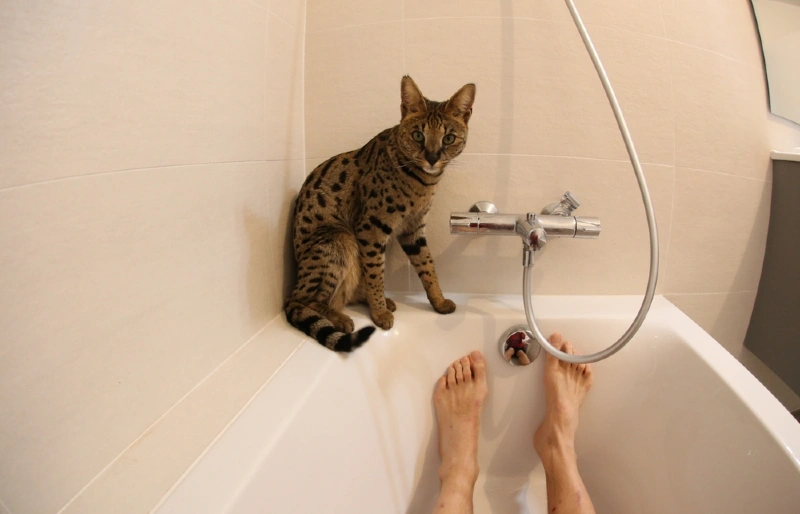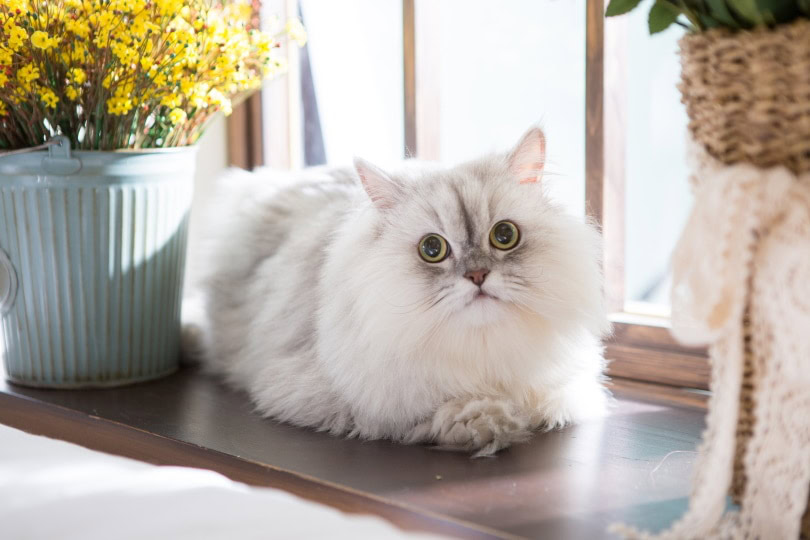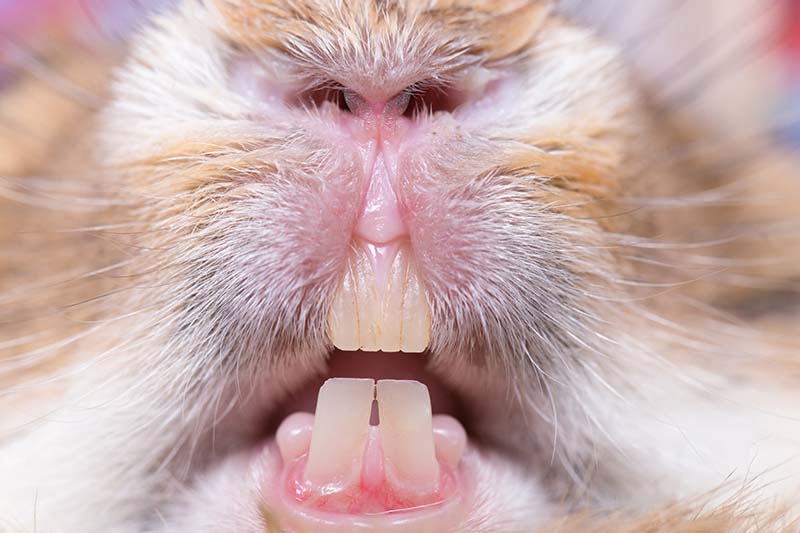VET APPROVED

The information is current and up-to-date in accordance with the latest veterinarian research.
Learn more »Click to Skip Ahead
Since you spend almost every day with your furry sidekick, you know their routines and habits better than anyone. Felines have strong characters and don’t often show signs of illness. So, when a real problem appears, you might have trouble identifying it. Your cat will try to hide the fact that they have a medical condition, especially when they’re in pain, but body trembling cannot stay hidden for long.
Read on to learn all the possible reasons for your cat’s trembling.

The 6 Potential Causes for Trembling in Cats
There are various reasons that your cat might be trembling, and here, we explain each possibility. The causes vary from mild to severe health conditions. It is crucial to differentiate a serious problem from a common trembling reaction.
1. Stress and Anxiety
The most common reason for trembling in cats is fear or anxiety. Cats enjoy their routines and like to have their day with as little disturbance as possible. It is no secret they want things done their own way, and anything unsuspected can disturb their peace. This is why when a cat is under stress or feeling anxious, they might begin trembling or shivering. Additionally, your cat may also keep their eyes wide open, staring at you or the thing that scares them. They may also try to hide or run away and even become aggressive. As soon as you notice something is making your kitten nervous, remove it as quickly as possible.
2. Pain
A common cause of trembling is being in pain. Cats are strong creatures emotionally, even those that are a bit spoiled. You will know your cat is in pain if they have been injured recently and has a visible wound. Your cat may even start breathing through the mouth or refuse to move from a certain place. Avoid looking for the source of pain, and seek immediate veterinary advice if you suspect your cat is hurt.
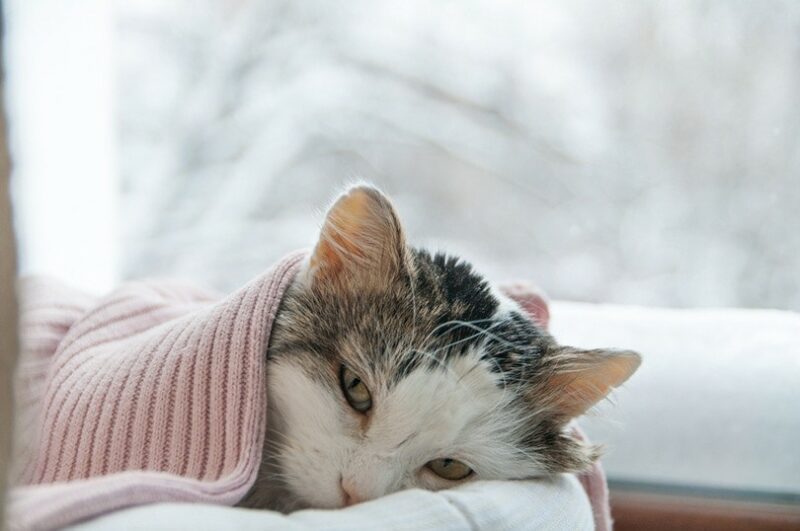
3. Hypothermia
Hypothermia is when your cat has a decreased body temperature. This may happen more often in newborn kittens, which cannot regulate their body temperature. When your kitten gets hypothermic, they will start trembling. Contact your veterinarian for guidance, as this is a serious condition.
4. Hyperthermia
Unlike hypothermia, hyperthermia causes a cat’s body temperature to rise, usually when they have a high fever. Fever can cause your cat to start trembling, refuse to eat, and become lethargic. If you suspect your cat has a fever, call your veterinarian immediately for a visit.
5. Eclampsia (Hypocalcemia)
Eclampsia, or hypocalcemia, is a medical condition in which a cat’s blood calcium levels drop so low that it becomes life-threatening. This condition is common in nursing mothers or before giving birth and is characterized by trembling, restlessness, inability to walk, and fever.
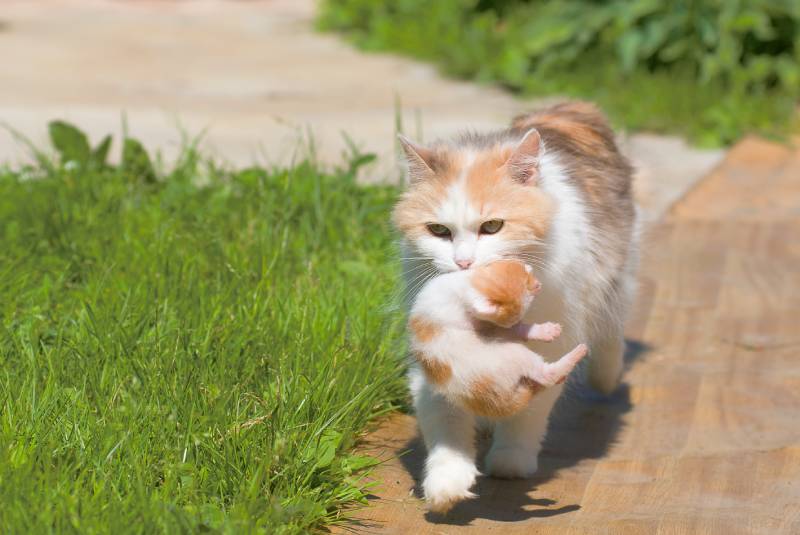
6. Infections
An infection is a severe condition that can cause your cat to tremble violently. Depending on the type of infection and its location, your cat may only shake in certain areas of the body. Other signs accompanying trembling will be fever, odor in the affected area, and lack of appetite.

When You Need to See the Vet
While trembling is primarily a short-term sign or side effect, there are certain situations when an immediate vet visit is advised. Since cats have it in their nature to hide their pain and injuries from predators, you might have difficulty recognizing a problem in the first place. In addition to trembling being a reason to take your cat to their vet, concerning signs to watch for include:
- Lack of appetite
- Lethargy
- Fever
- Restlessness
- Disorientation
- Aggressive behavior
- Hiding more
- Being overly vocal
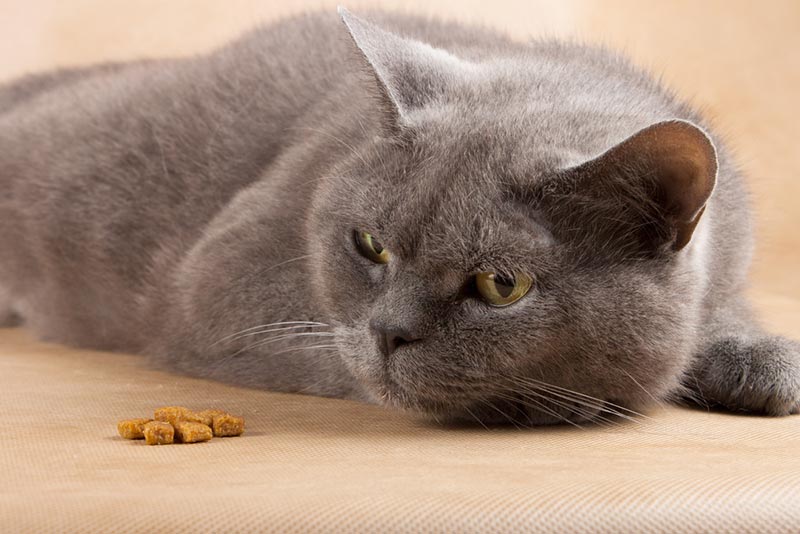

Final Thoughts
Learning about the various reasons behind trembling in cats is an excellent way to stay informed in case anything similar ever occurs to your cat. While shaking may be a normal reaction to stress or discomfort, it can also indicate a serious medical issue. Recognizing the first signs may be crucial in finding a solution and treatment as soon as possible.
Featured Image Credit: Xeniya Butenko, Shutterstock
